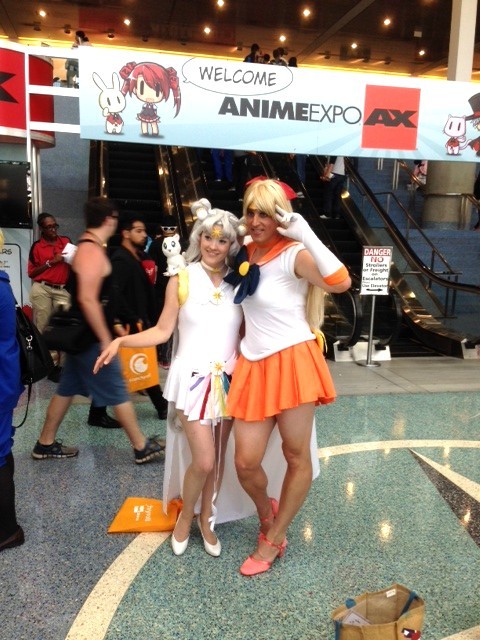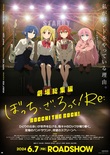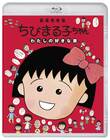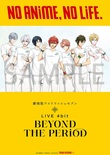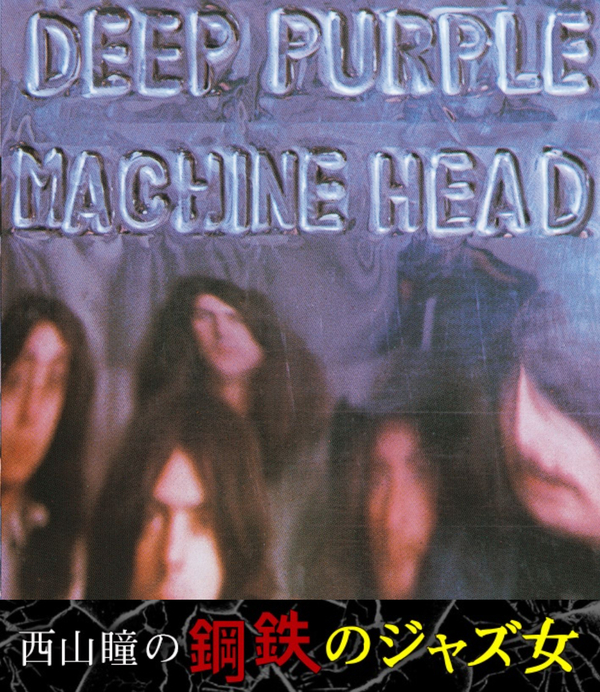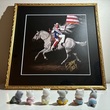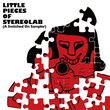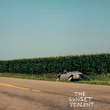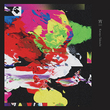[English]
Anime Expo in LA July 3-6
Turning heads all over downtown LA, 130,000 plus anime fans, many in cosplay gear, converged on the Los Angeles Convention Center during the Fourth of July weekend. Nearly as impressive as the huge number of attendees was the breadth of demographics, five year olds with their moms, geeky guys in their 60's, super hot Asian girls in ultra sexy outfits, middle age men dressed as Sailor Moon, black high school girls wearing plaid skirts and flashing the “peace sign” for photos, college kids who had put together colorful and detailed costumes, shlubby guys in faded anime t-shirts, transgender fans in glittery costumes, and shoppers who were buying costumes and weapons for the next anime festival. The largest concentration of attendees were college age, but older was not unusual, as some attendees have been coming since the convention began in 1992.
Anime Expo is focused on Japanese anime in nature, although a few people in Star Wars or Marvel comics costumes could be spotted. Other conventions mix Japanese and American comics, and some also include sci-fi or even mainstream TV and movies. Comi-con, which takes place in nearby San Diego, includes manga and anime, but is more geared for American comic book superheroes like Batman and Superman. At anime conventions virtually anybody involved in production of a popular anime might be invited as a guest – writers, illustrators, character designers, production company PR people, anime song singers, voice over people – including this who do voiceovers in English. Many of the larger conventions bring, or try to bring Japanese guests, but this is expensive and sometimes difficult due to language and cultural hurdles. While American club level bands often travel with just a manager, or a handful of crew, Japanese bands are notorious for requesting many “staff” which further makes the cost of travel prohibitive. Some of the bigger conventions have managed, this year Nightmare, who are very hot because of their music being used in “Death Note”, played a gig in Texas before 6,200 anime fans. Flow are in demand on the anime circuit because they have numerous anime songs. The Pillows are popular because of their music being used in “FLCL”, but if schedules and budgets do not allow, there is also the Pillowcases, a Pillows cover band from Indiana, who are veterans of the anime convention circuit. And they are not the only Pillows cover band, perhaps just the most popular, there are also Over Amp, Funny Bunnies, and other bands who do Pillows covers.
While anime originated in Japan, the anime convention is in some ways an American invention. In fact it has a history of about 25 years in America, and has become something different now than it was in those early days. Originally conventions were largely for sharing goods and information. In pre-internet days, just getting a hold of anime VHS tapes was a big thing, and many or most of the translations were by fans. Goods brought back from Japan, or found in a local Japantown store were highly coveted. In those days it was more of a collector's circle. These days loads of content is widely available from distributors like Crunchyroll, Viz Media, Aniplex and Good Stuff, and the events have turned more social, with cosplay especially popular. While the image of "otaku" is of nerdy kids locked in their rooms in front of their computers or with stacks of manga, at American conventions, many anime fans are fun-loving social people celebrating their love of anime. The word cosplay itself is said to have been coined by film director Nobuyuki Takahashi in 1983 when he observed sci-fi fans dressed as their favorite characters. Cosplay, many claim, was made popular by American fans for the cult sci-fi TV show "Star Trek", which remains popular to this day. These days there are even "professional" cosplayers, who might attend a convention in the costume for an official sponsor , or shoot for cosplay prize money. Anime Expo’s top prize this year was $3,000, and many of the costumes were very well done. However conventions are more a fun celebration than competition. Considering by number of costumes, I think the most popular anime now is “Shingeki No Kyojin” (in America “Attack on Titan”). However many “classic” anime such as “Pokemon”, “Naruto” and “Sailor Moon” are also popular, and some characters have store-made costumes or accessories. While a Pokemon costumes is something like a jumpsuit, some fans gravitate to the sexy, skimpy and tight outfits. Some shapely girls wore the skimpiest of “Kill la Kill” outfits, and numerous skinny and macho guys wore just bathing suits or towels as if in “Free!”, and were much in demand amongst the many photographers who attended.
There were 379 anime conventions in North America last year by one official count. Just in the state of Texas, there is San Japan in San Antonio with 11,000 attendees, AnimeFest in Dallas going since 1992, Oni-Con in Galveston at the end of October (including Halloween) which is already sold out, Ikkicon in Austin – a medium size convention expecting 7,000 to 8,000 next year, Anime Matsuri in Houston which drew just under 20,000 people this year and the A-Kon in Dallas, which this year held their 25th annual event, drawing nearly 22,000 people, making it the 6th largest in America. And actually there are numerous smaller ones in Texas towns you probably never heard of, and in fact they are all over America.
Anime Expo was amazing! So many people, so much anime, and so much enthusiasm. The fans were there, many fellow convention makers attended, guests were flown in, and vendors were high profile to meet their eager customers. Who was conspicuous in the absence were Japanese anime companies. It is no secret that Japan’s population numbers are sagging, and the domestic anime / manga markets are lukewarm at best. Historically Japanese anime contents holders have usually done one of three things- not licensed (and had customers thus go to pirates or to other amusements), license to American companies (often signing contracts they did not fully understand, or taking buy-out deals rather than enjoy long-term royalties), or license to their subsidiaries (often with overbearing conditions that did not allow the subsidiary to stay profitable). There is a big, big market in America (including Canada, and Latin America) super interested in Japanese anime. I hope Japanese companies will position themselves to enjoy more of the benefits of this in the future.
Anime and manga contribute to many other businesses- games, collector cards, character goods, costumes, and film, amongst them. While not all live-action versions have been successful, Tom Cruises new film “Edge of Tomorrow” is based on the manga “All You Need Is Kill”. James Cameron (“Titanic”, “Avatar”) has licensed the manga “Ganmu” (in America “Battle Angel Alita”), and a live action version of the “Akira” has been initiated and stopped a number of times since 2002. Beyond these direct business aspects, there are also the indirect- raising interest in Japanese food, travel to Japan, Japanese fashion and language study.
Anime Expo is a great chance to see the vast enthusiasm for anime in America. Whether Japan animators and production companies will be able to keep the boom going and make sustainable business from it remains to be seen.

